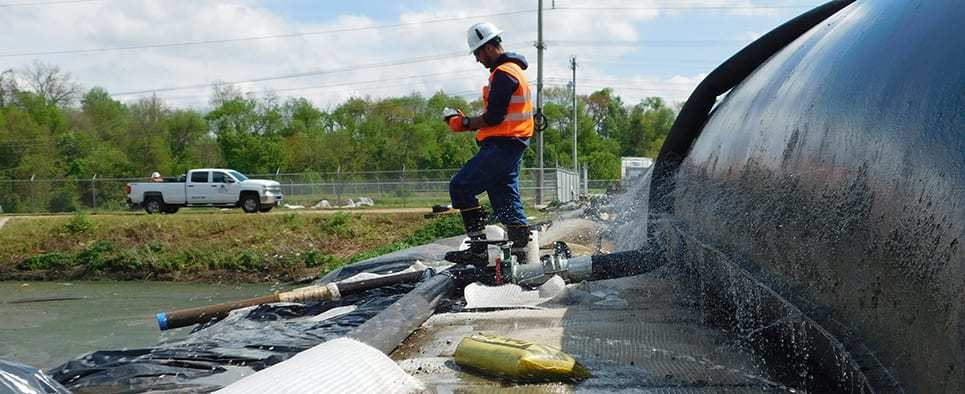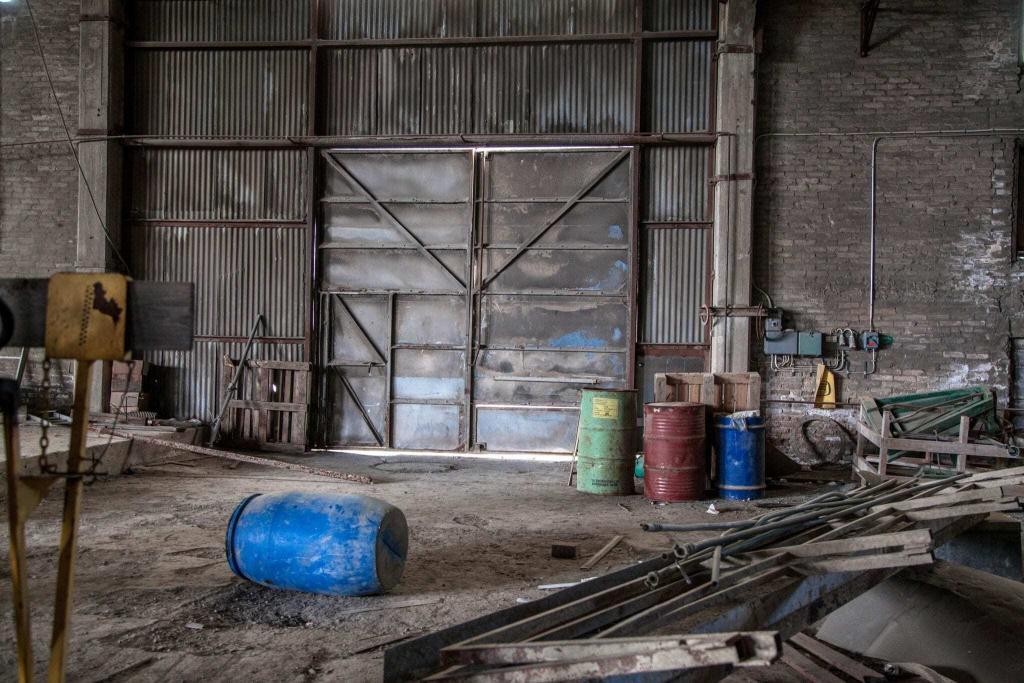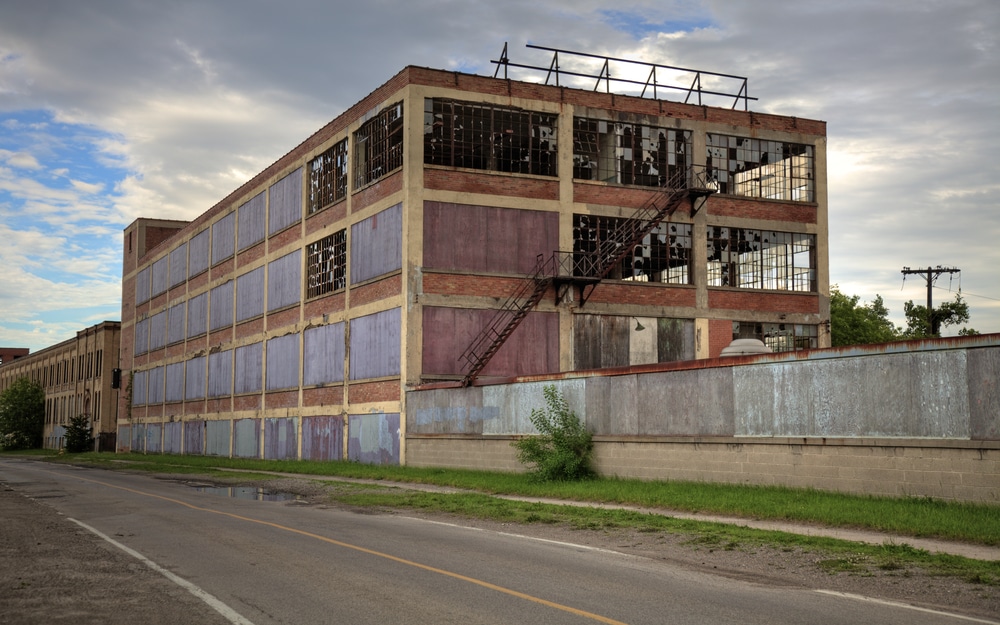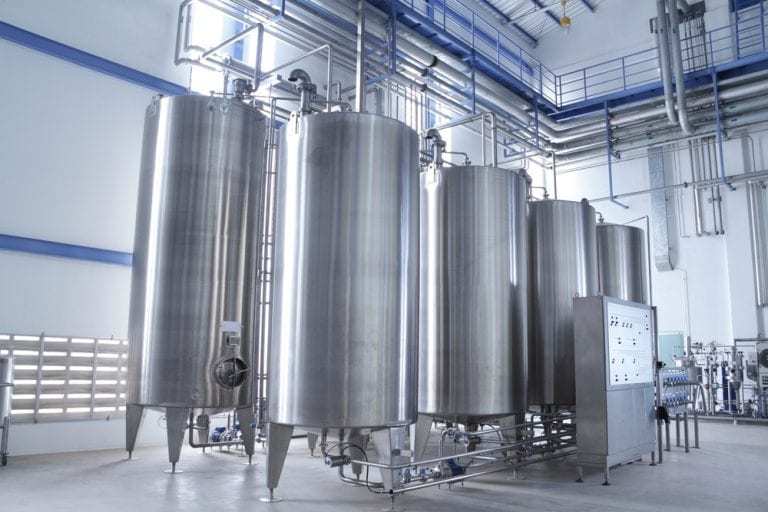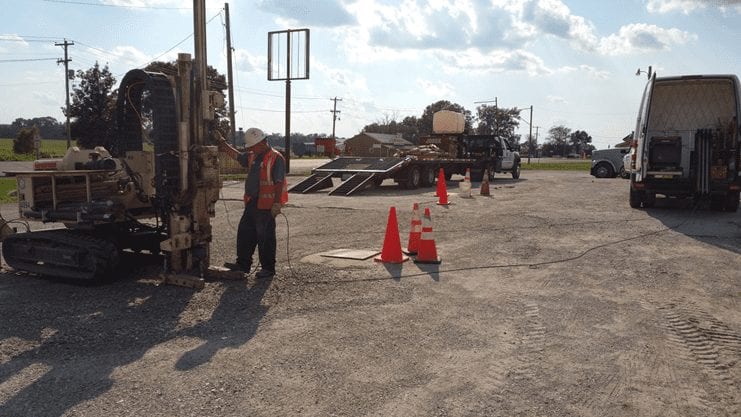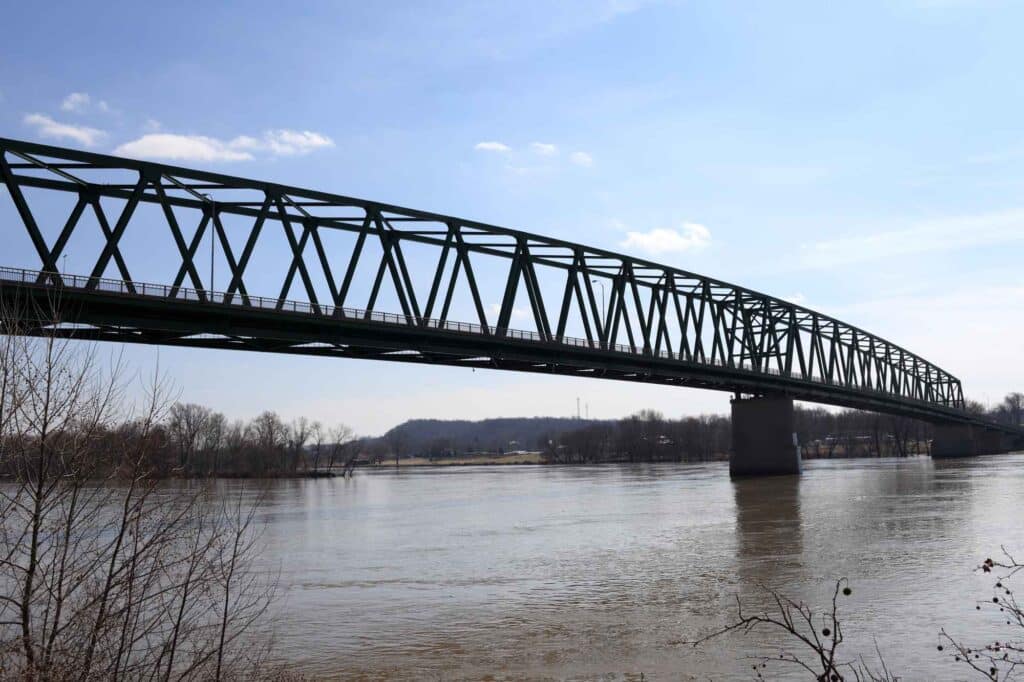At Environmental Works, environmental compliance is what we were founded on, and it continues to be one of our biggest service lines today. When your business is working to stay compliant, annual training is the key to maintaining an impeccable record and avoiding fines. Of course, you and your employees have a lot going on …
Management of Complex Sites
Environmental remediation and compliance technologies are constantly improving. However, the industry still faces challenges – namely, complicated sites with conditions that make full remediation a difficult task. Known as “complex sites,” these areas – contaminated former laundromats, for example – can present both technical and nontechnical issues. At Environmental Works, we’re committed to helping our …
EWI Uses Advanced Geotube® Technology to Compost Waste
Environmental Works currently has eight Geotube® containers baking in the scorching summer sun at Springfield, Missouri’s Southwest Treatment Plant. The massive synthetic tubes, which could be mistaken for those inflatable water catapult “blobs,” favorites of summer camps everywhere, are actually filled with solid waste, not air. Once the Geotube® containers are done dewatering, the waste …
EWI Can Clean Your Combustible Dust Before it Becomes Dangerous
Sure, dust is annoying, but it can also be dangerous and combustible, especially when produced on an industrial scale.
The BUILD Act and the EPA’s Brownfields Program
At EWI, we deal extensively with brownfields, which are properties compromised by the presence or potential presence of a hazardous substance. The Environmental Protection Agency (EPA) manages these properties closely through multiple programs: the general Brownfields Program and a more recent addition, the Brownfields Utilization, Investment and Local Development (BUILD) Act. The latter initiative is …
Plume Stability & The Ricker Method
After soil and groundwater impact have been fully delineated and all risks to human health and the environment have been evaluated, the next step to getting a Certificate of Completion or No Further Action (NFA) status for your site is to confirm that any impact to the groundwater is decreasing or stable in concentration, and …
Industrial Hygiene 101
To protect the health and safety of employees and the surrounding community, many businesses must invest in industrial hygiene. What is industrial hygiene? According to the American Industrial Hygiene Association (AIHA), it is “a science and art devoted to the anticipation, recognition, evaluation, prevention, and control of those environmental factors or stresses arising in or …
High-Resolution Site Characterization
The term “high-resolution site characterization” has recently become a buzz phrase in the world of site characterization, clean up, and remediation. But what is it? The technical definition is “the use of scale-appropriate measurement and sample density to define contaminant distribution and the physical environment they exist in, with greater certainty, supporting faster and more …
Construction Near A Wetland 101
Wetlands provide valuable habitat for plant and animal communities, and they serve as a natural filter for water flowing into water bodies and groundwater. They can also act as a buffer during storm events, helping to soak up heavy precipitation or rising water levels to prevent flooding and erosion.
History of the Clean Water Act
Our nation’s commitment to protect the chemical, physical, and biological integrity of our waters began in 1899 with the Rivers and Harbors Act. It furthered in 1948 with the establishment of the Federal Pollution Control Act and then transformed into the Clean Water Act in the 1970s. In the past few decades, the Clean Water …




